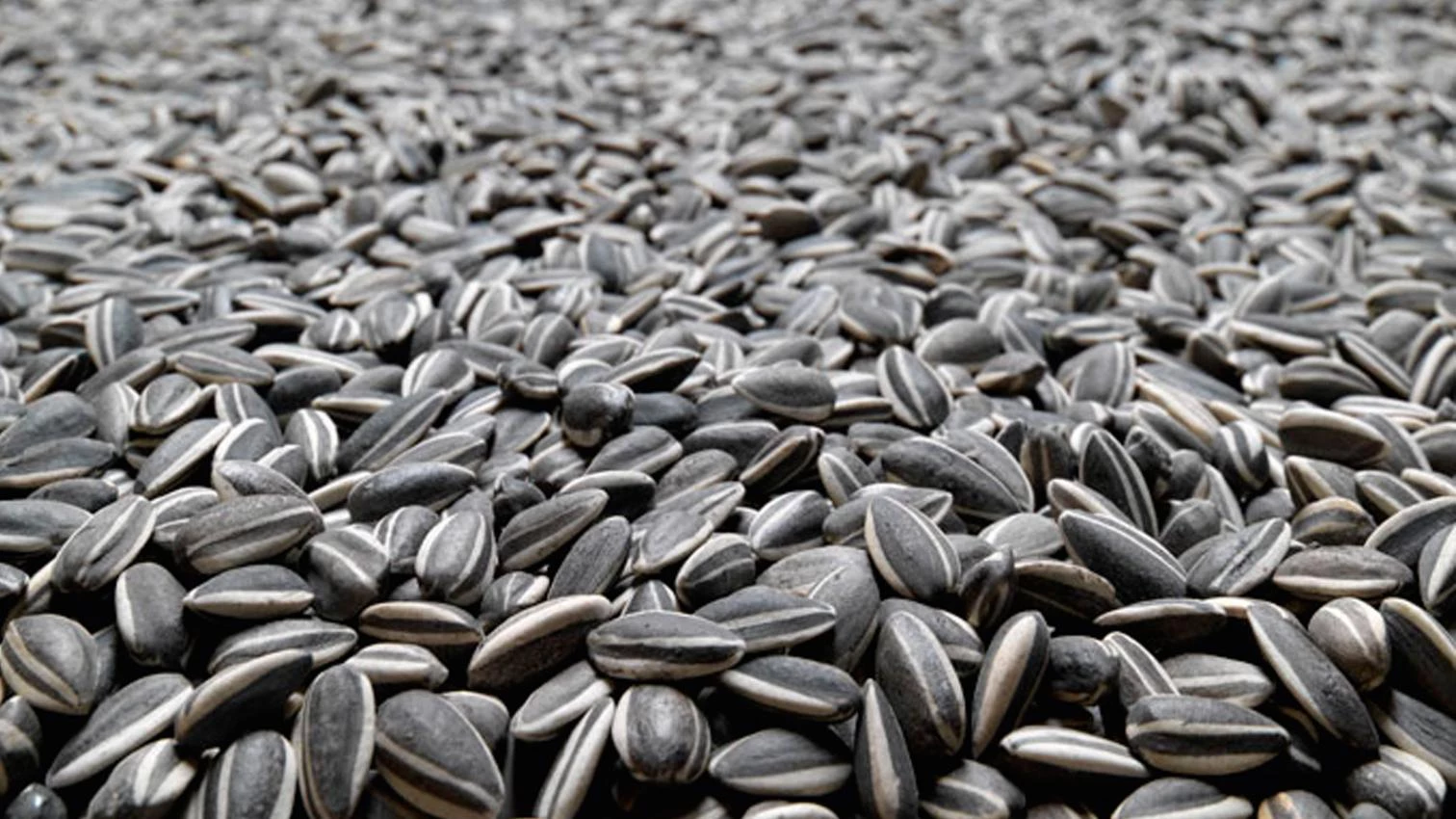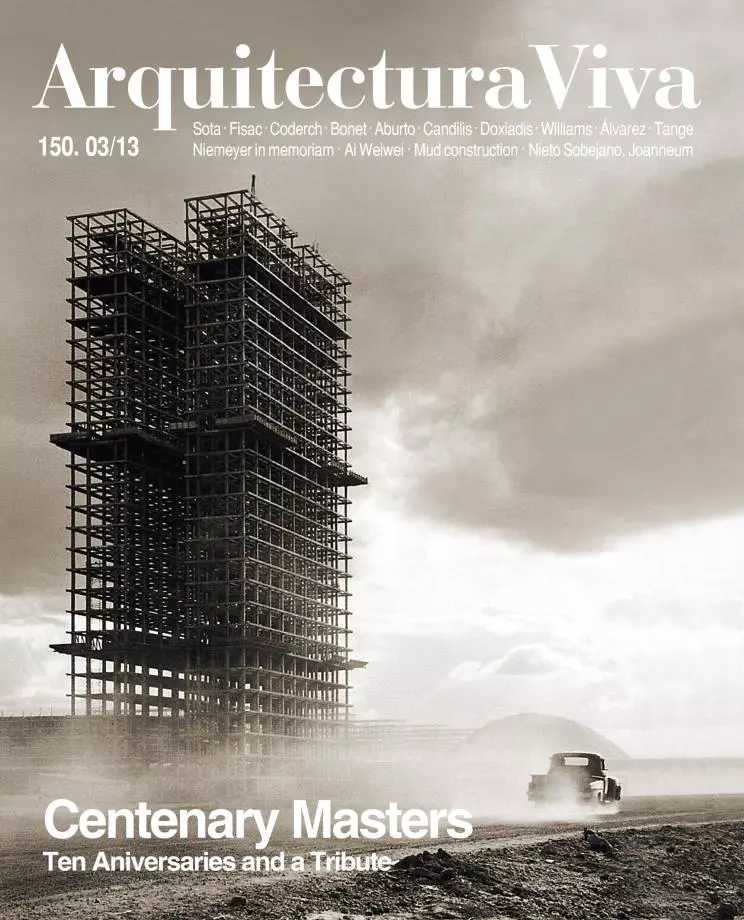
In 2009 Ai Weiwei covered the floor of the Tate Modern’s Turbine Hall with a hundred thousand porcelain sunflower seeds handmade individually by over a thousand craftsmen, in painstaking phases involving up to thirty operations. Franz Kafka’s story about the construction of the Great Wall of China told of another process, discontinuous and dispersed: 500 meters would be raised from one side and 500 from the other, whereupon the workers would be transferred to another region and made to repeat the operation, leaving each worker’s half-done kilometer like a piece of conceptual art, in wait of an improbably continuation in the distant future. So it was that gaps took years to be filled, some after the supposed official completion, insinuating empty intervals never built. With the same aspiration of an epic poem, but inverting the millenary fencing-in and anti-symmetrical, Weiwei’s work acts as an analogy of a time and a space, the same place many centuries later, a country on the frontier between the ancestral and the modern...





